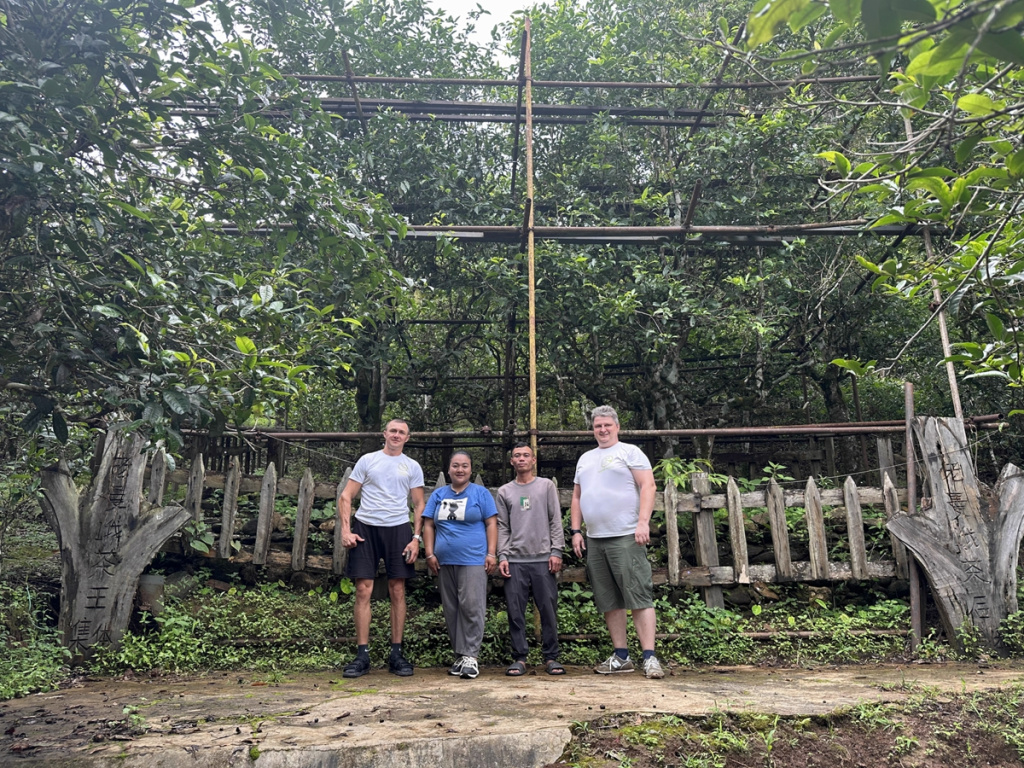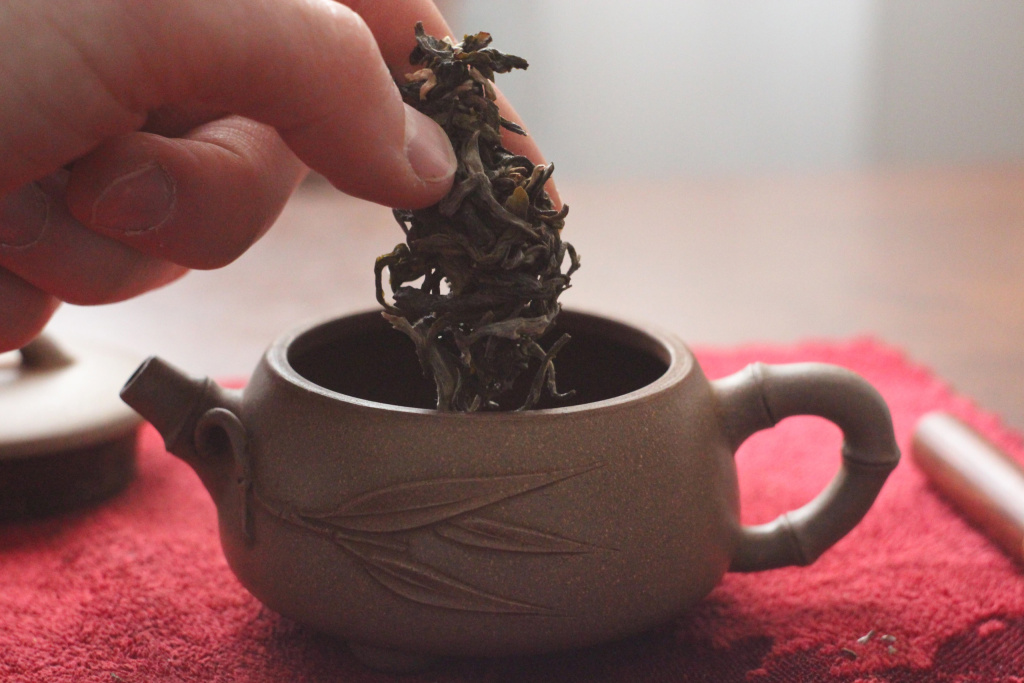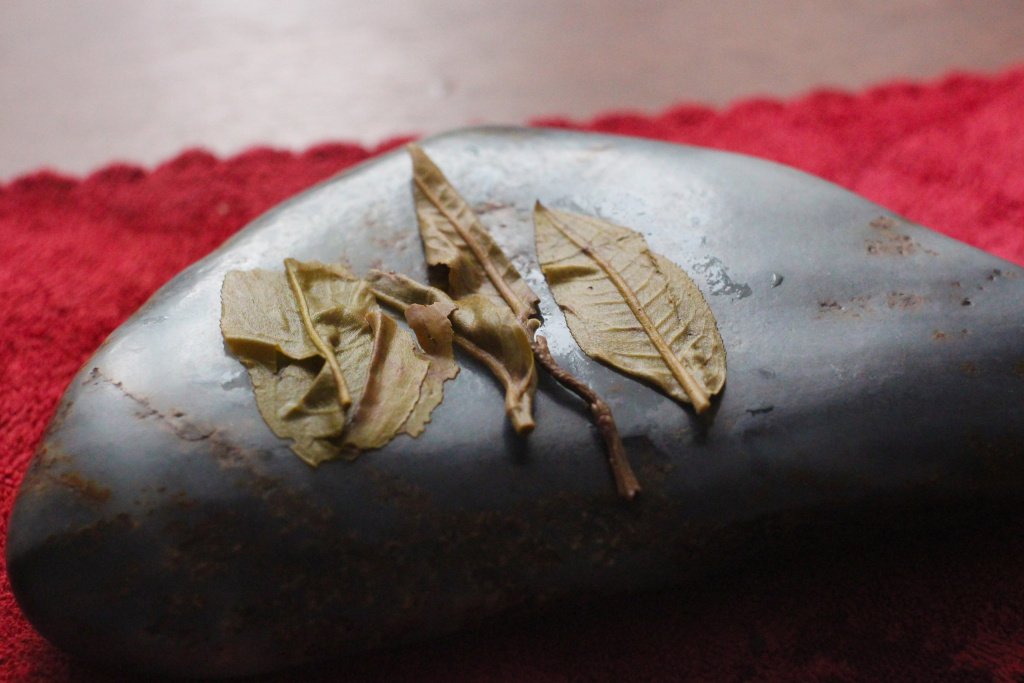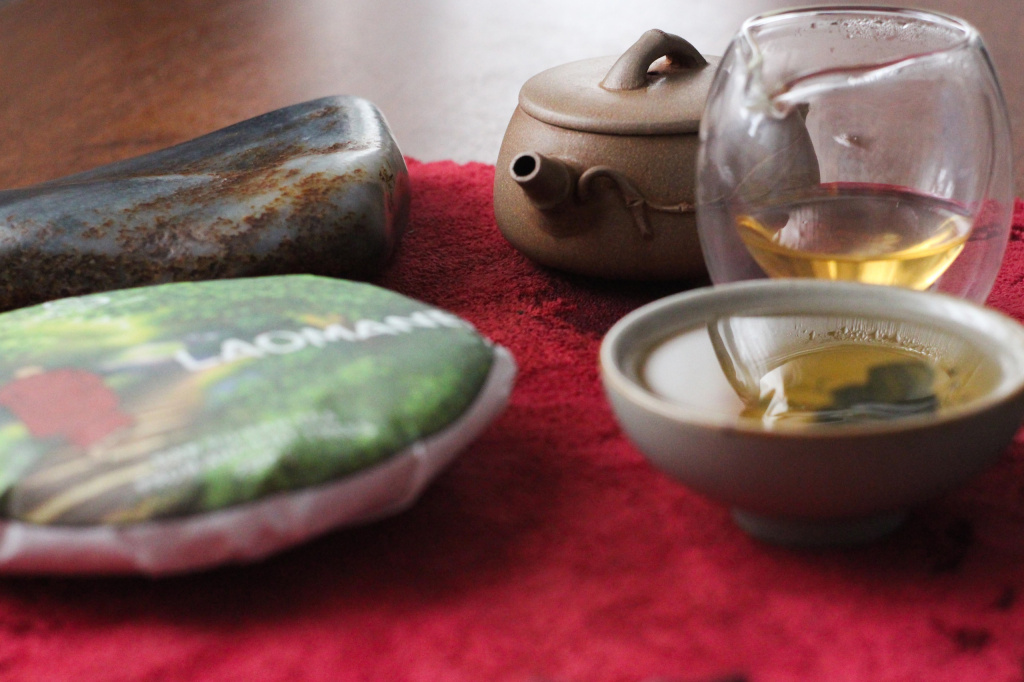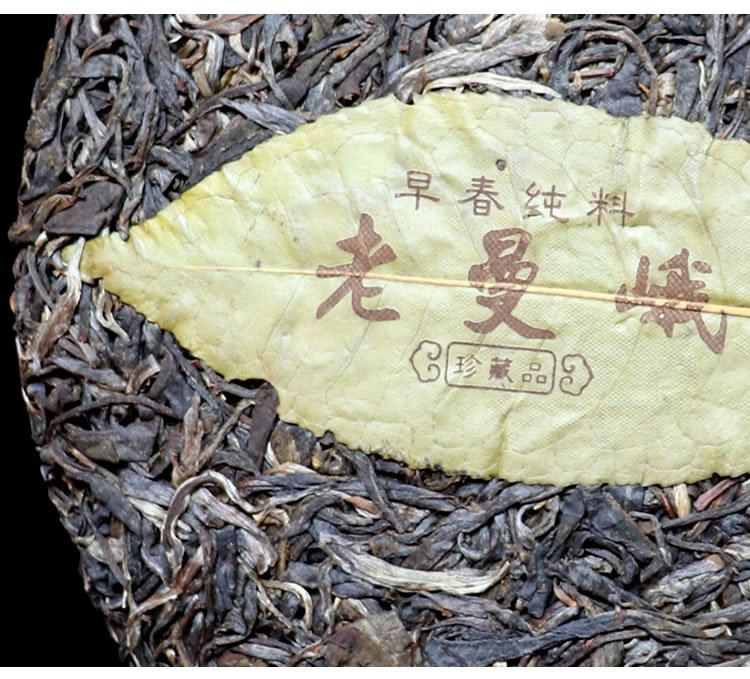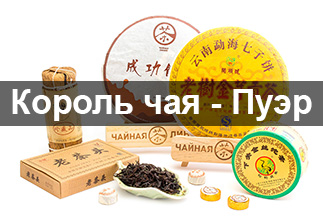The raw materials used for production were collected from old trees (up to 200 years old) in the Bulan Mountains near the village of Laoman'e and processed by master Yan Wenjiao (Chinese: 岩温叫, pinyin: yán wēnjiào).
Collectible exclusive sheng puer. Single-sort, unblended raw materials from tea trees. Bright, powerful, juicy tea and incredibly effective puer.
The taste is dominated by natural bitterness, which can transform into the sweetness of wild berries - a distinctive feature of real puer from the trees of the Laoman Mountains.
The tea state is felt from the first cups. Puer clarifies, sobers, gives inspiration and strengthens the energy of Qi.
An excellent specimen for a collection, the tea has a huge potential for storage and transformation over time.
|
Country
|
China |
|
Habitat
|
Лао Мань Э (老曼峨, Lǎo màn é) |
|
Altitude
?
Height in meters |
1686 |
|
Manufacturer
|
Чайная Линия |
|
Pressing form
|
Bing Cha (Cake Tea) |
|
Declared weight, g
|
200 |
|
Type of tea raw material
|
Large trees (100-300 years) |
- Комментарии
- Вконтакте
Pu-erh is one of the most unique types of tea, which only gets better with age. Many people, when they first encounter this tea, wondered: why is pu-erh more often found in pressed form (cakes, bricks, tochas), and not in loose form? The reasons for this are related to both history and the practical aspects of storing and fermenting tea. Despite modern technologies that allow the production of loose pu-erh, the shape of pressed cakes remains unchanged. And pu-erh is more often found on sale in pressed form, for example, in the form of cakes or bricks, and loose pu-erh is less common. We will talk about the reasons for pressing pu-erh into cakes in this article.
Puer is a unique Chinese tea that is distinguished by its depth of taste, complexity of aromas and versatility of aftertaste. Its taste characteristics are formed under the influence of many factors, from growing conditions to the brewing method. Let's look at the main ones.
The article "Lao Man E Old Tree Leaf Tea: History, Geography, and Features" will immerse you in the world of unique Chinese tea produced in the village of Lao Man E, located in Yunnan Province. You will learn about the geographical location of the village, its history, which dates back more than 1,300 years, and how this region became famous for producing bitter tea. The article also details the characteristics of Lao Man E tea, its taste and aroma, as well as the efforts made by the villagers to preserve ancient tea gardens and maintain the quality of the product.
Over time, some consumers who are part of the country's "tea elite" discover mainland Chinese tea. And only a few get acquainted with Taiwanese varieties. The path of a tea person is usually long and thorny, but ultimately it leads to the King of Teas - puer. But not everyone is able to go all the way from ordinary teas to puer and appreciate its qualities.
The tea ceremony occupies a special place in the centuries-old Eastern tradition. And although the essence of this phenomenon remains constant, the nature and external manifestations of the tea ceremony in different nations have their own national characteristics. In each Chinese province, the tea ceremony and the tea used in it are varied: for example, residents of the southern provinces prefer green tea, and residents of the northern provinces - red tea, in Fujian province they more often use Oolong tea, and in Yunnan province Puer tea is widely known.










